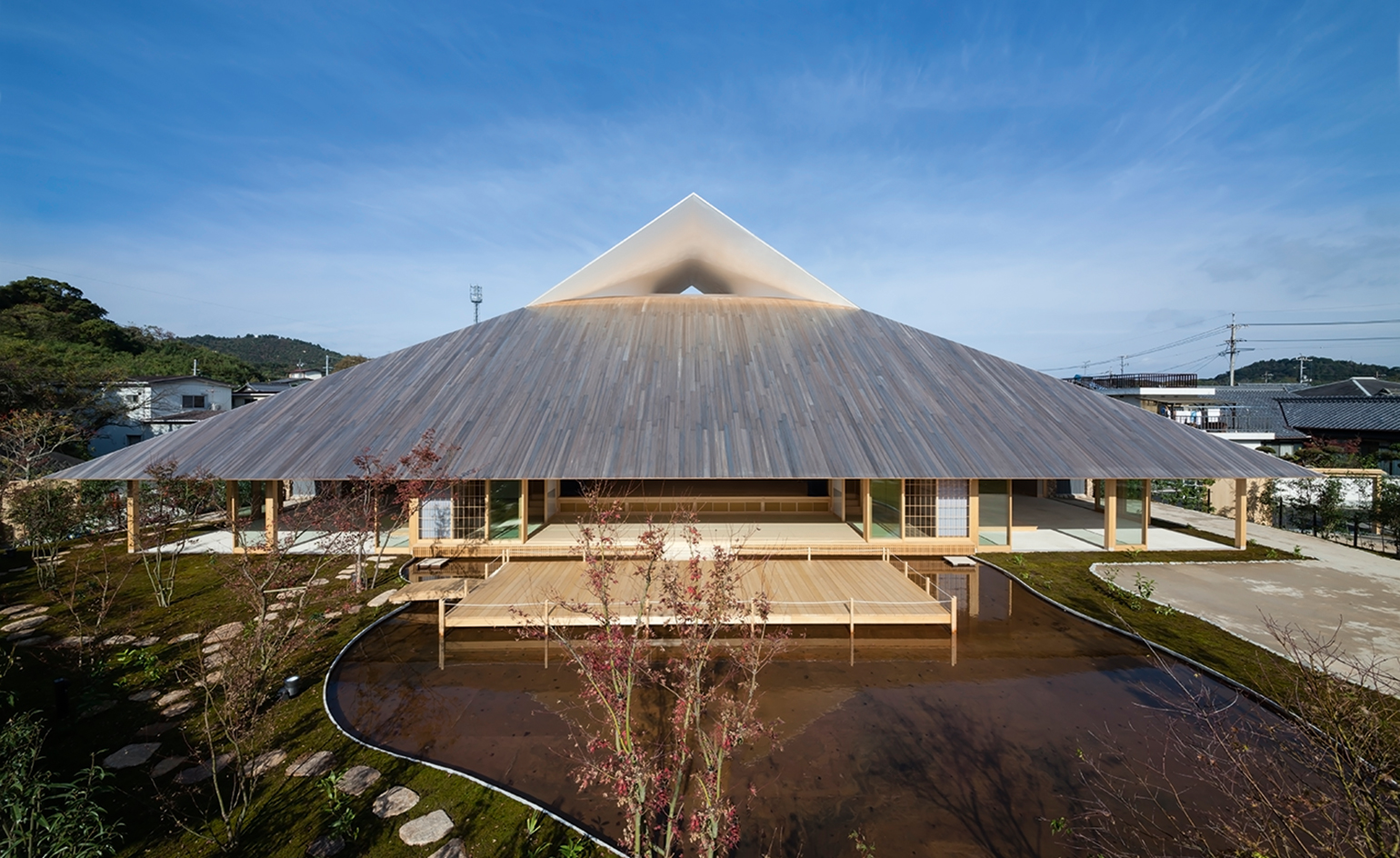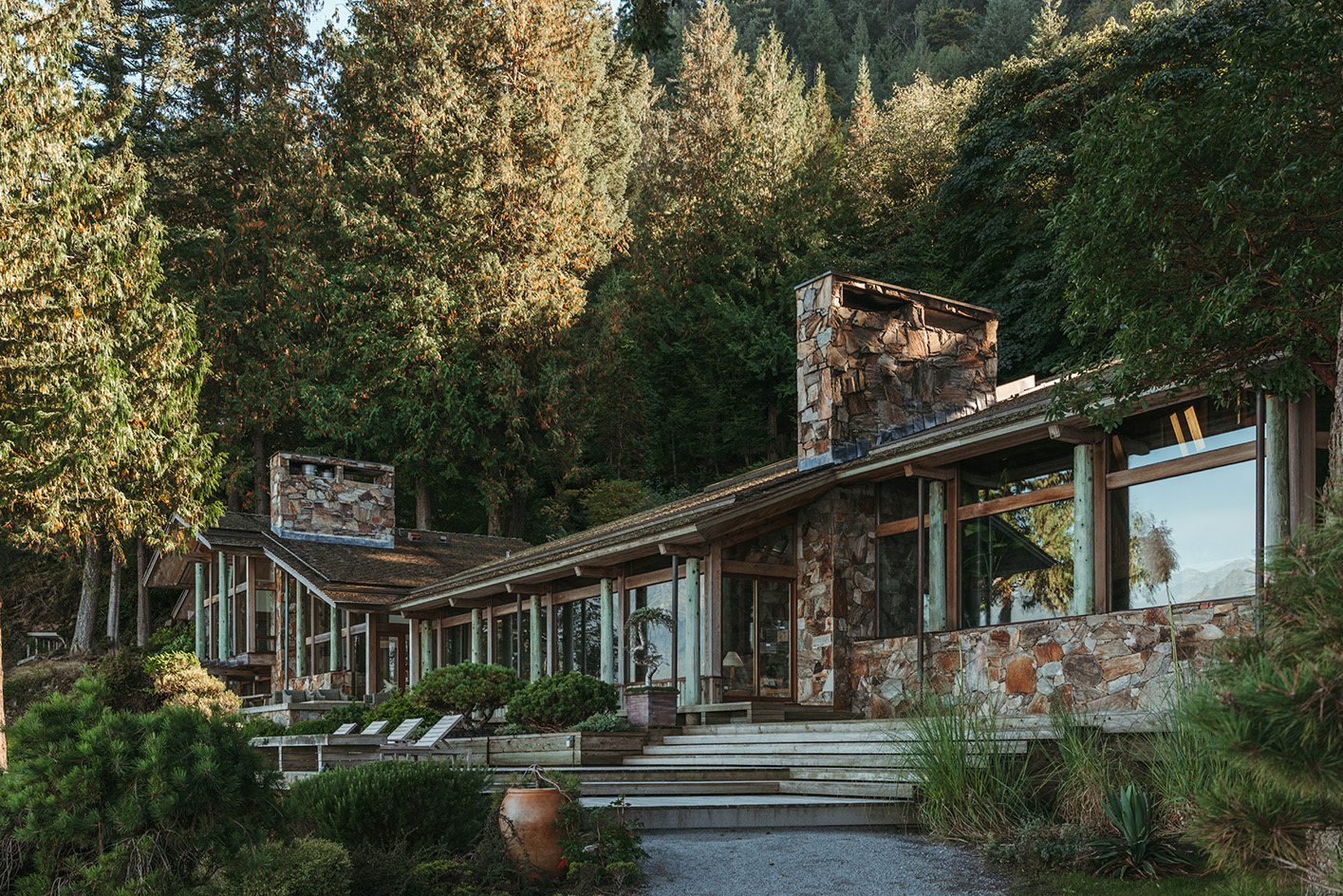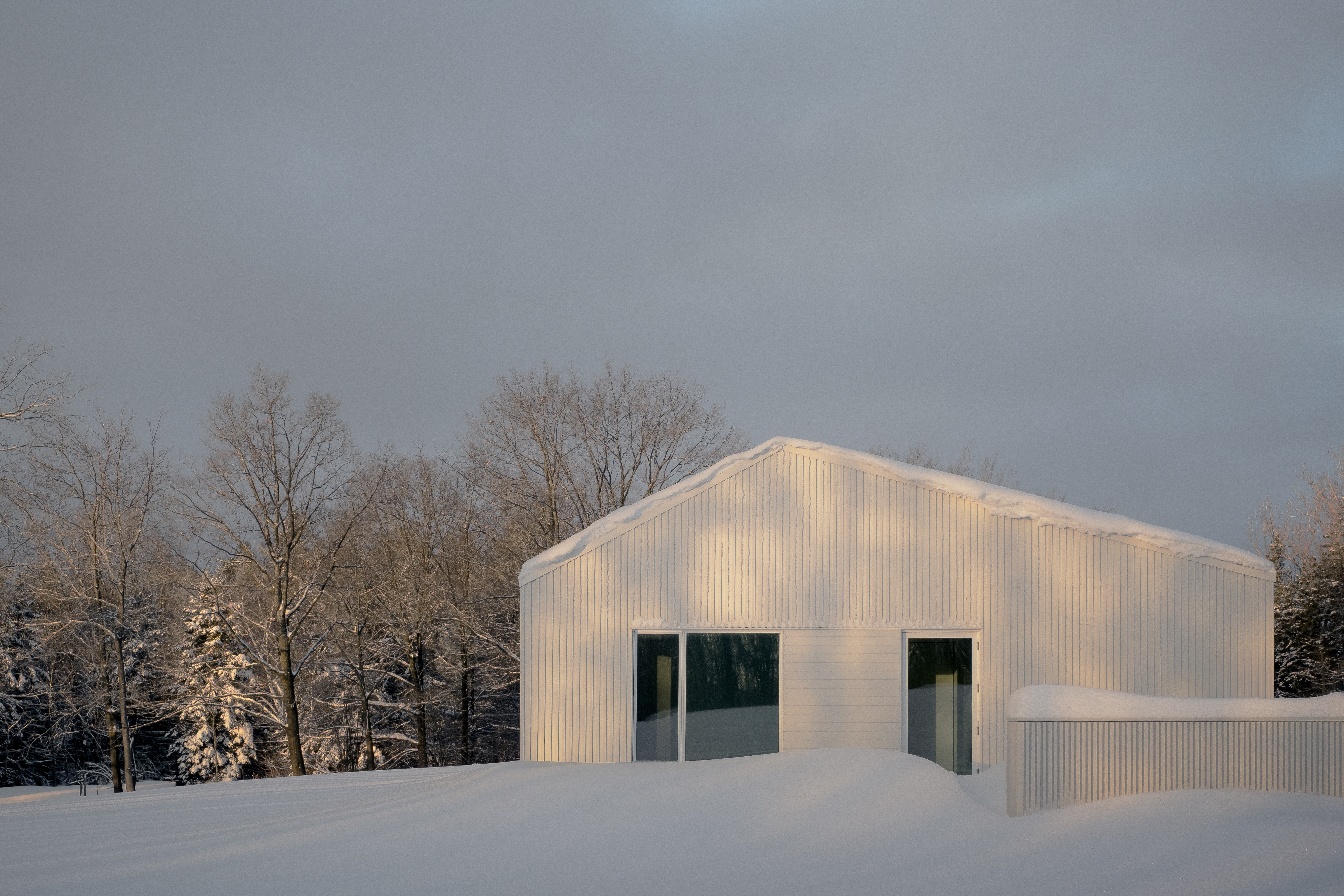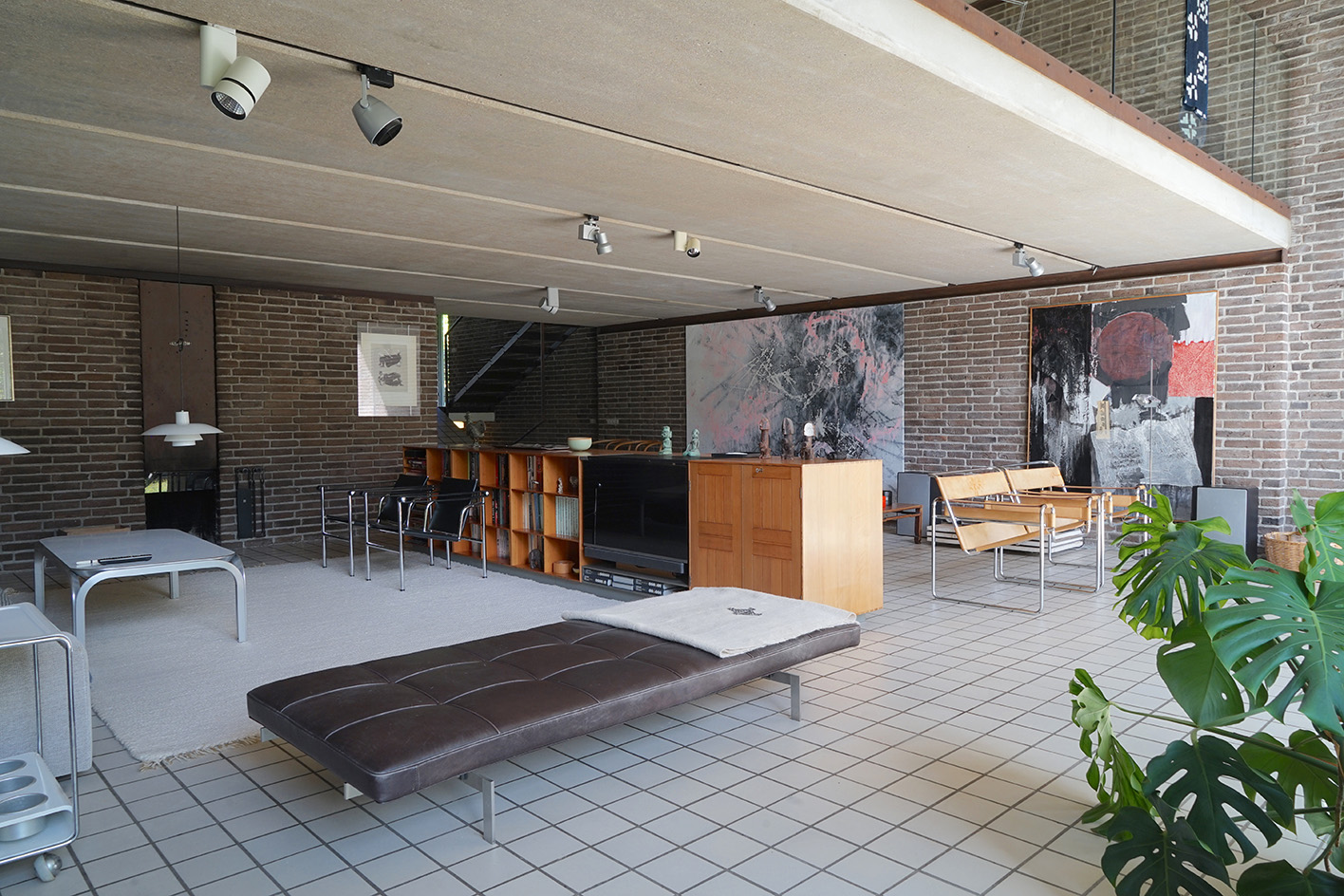We zoom in on Ontario Place, Toronto’s lake-defying 1971 modernist showpiece
We look back at Ontario Place, Toronto’s striking 1971 showpiece and modernist marvel with an uncertain future

‘The lake, it is said, never gives up her dead / When the skies of November turn gloomy,’ sang Gordon Lightfoot in 1976’s ‘The Wreck of the Edmund Fitzgerald’. Canada’s most famous living folkie (Leonard Cohen RIP) knew that November is not the best month to visit North America’s Great Lakes region. The first icy winds blow, battleship-grey clouds win the arm wrestle with the sun, and the five enormous lakes, so vast they’re ocean-like, churn up some very wicked weather. Indeed, the Witch of November (as locals call the strong wind across the lakes) can produce 140km/h gusts and 11m-high waves. And the SS Edmund Fitzgerald’s 29 lost souls – the boat had sunk a year before Lightfoot’s commemoration – was just the latest in a long list of the lakes’ casualties. The Great Lakes Storm of 1913, for instance, sent 12 ships and around 250 sailors to their watery graves.
Inserting five futuristic pods and some artificial islands into the third deepest of those lakes might be seen as foolhardy. Bauhaus-trained Eberhard Zeidler (1926-2022) and Briton Michael Hough (1928-2013), the two émigrés responsible for Ontario Place, certainly had buckets of nerve to think that they could drop something smack-dab into the choppy soup of Toronto Harbour back in 1968. ‘It’s crazy, Eb and Michael saying: we’re going to take on those forces and build something,’ laughs Toronto-based architect and heritage advocate Catherine Nasmith. ‘What were they thinking? People had so much nerve in that period.’
Toronto's Ontario Place: a brief history
At the time, Toronto, then Canada’s second-largest city, was smarting over the fawn-fest that was Montreal’s Expo 67, a World’s Fair built on man-made islands in the St Lawrence River and which saw more than 50 million people seduced by Canada’s ooh-la-la francophone city. In the summer of 1968, the Ontario government announced it would build a similar, albeit smaller, architectural showpiece in Toronto. Ontario Place would be home to Expo-like exhibits trumpeting the province’s achievements in technology, industry, and culture.

Ontario Place’s Cinesphere, a triodetic dome built to house the world’s first permanent IMAX movie theatre
Plans for a few water-facing pavilions on the grounds of the existing Canadian National Exhibition, however, soon morphed into a quintet of diamond-shaped pods suspended over the water, along with the Cinesphere, the first permanent IMAX movie theatre, in a triodetic dome, as imagined by Zeidler. When he discovered that 90 per cent of his budget would be eaten up by the massive underwater pilotis required to withstand lake forces, the idea was almost abandoned. A holiday in the Bahamas alerted him to the wave-breaking action of barrier
Ontario Place should be to Toronto what the Opera House is to Sydney reefs. Placing his buildings in a calm, man-made lagoon would call for much slimmer pilotis, bringing their cost down to ten per cent of his budget; with columns so thin, a floating-over-the-water effect could be achieved by hanging some of each pod’s weight from steel cables. ‘It’s a glimpse into the future,’ wrote Zeidler in his autobiographical Buildings Cities Life (Dundurn, 2013), ‘like the Eiffel Tower in Paris, or the Crystal Palace in London were.’
When landscaper Hough and his staff were added to the team in 1969, only the decision to sink three Great Lakes freighters to create a breakwater had been made. Zeidler and government officials had ‘concluded that few people would visit the pavilions or Cinesphere more than a few times a year’ unless there was more for families to do. The creation of two islands from subway construction landfill, and the programming of those 21 hectares of new land fell to the expanded team, says Hough’s former partner, Jim Stansbury.
‘And so we began to develop a series of canals,’ Hough told a University of Manitoba landscape architecture class in 1979. ‘So at no point – and this became a basic design principle of the programme – would you be unaware of water; sometimes it would be noisy and very powerful, like on the outer edges, and in other cases it would be sheltered and protected.’
Receive our daily digest of inspiration, escapism and design stories from around the world direct to your inbox.
A site visit in 2019
On a mild November afternoon in 2019, a meandering trumpeter swan illustrates Hough’s imagined idyllic setting perfectly as Hough’s widow, Bridget, along with Nasmith, architect William Greaves, and Zeidler’s oldest child, Margie, peer into one of those canals. The fallen tree trunk dipping its half-century-old branches into the murky water illustrates its current state of neglect.
Built over two years for C$29m, Ontario Place, which included an open-air, 3,000-seat concert venue, The Forum, under a hyperbolic paraboloid roof, opened with great fanfare in May 1971. In 1972, the wildly successful Children’s Village playground opened. While attendance peaked at more than three million a year in the 1970s, that number was halved by the 1990s and plummeted to well under a million by the 2000s. This, our little group postulates, can be blamed on a loss of focus in Ontario Place’s offering, which shifted from Expo quality to carnival rides.

The only part of the complex to have been renovated, it is still used for screenings
Shut down by the provincial government in 2012, the grounds and the innovative, modernist buildings have faced an uncertain future ever since. The Children’s Village is gone, as is the beloved Forum, which was replaced by a behemoth called the Molson Amphitheatre. With government changing twice since – currently Doug Ford, brother of the late, notorious, crack-smoking Toronto mayor Rob Ford, is premier of Ontario – there has been no shortage of visioning exercises, committees, rumours of a casino, and a plan to finally bring a much-needed subway stop to the site, which today hosts events such as winter light shows and art workshops, as well as screenings at the Cinesphere, the sole part of the complex to be restored in 2017.
‘It’s unfortunate but we have no information to offer the public at this time,’ laments Eriks Eglite, Ontario Place’s director of special projects. ‘Everyone that I know, that I’ve had a beer with, asks: so what’s going on? And, unfortunately, we’re all waiting.’
Meanwhile, Ontario Place does the ‘listicle’ walk of shame: Heritage Canada Foundation’s Top 10 Endangered List in 2012; Docomomo US in 2014; and, thanks to the efforts of Greaves, the World Monuments Fund 2020 Watch. Ontario Place should be to Toronto what the Opera House is to Sydney. Under the surface rust, Zeidler’s jewel still shines. ‘And this is where we get back to the maintenance,’ says Margie as she ponders a temporary food service structure plunked right in front of one of her father’s small, crystalline-shaped restaurant buildings. ‘You need the same visionary people that designed it to be running it, you know?’
‘That’s very hopeful, but yes,’ agrees Bridget. ‘It’s like Michael said in that lecture, once you hand it over to the client, it’s theirs.’
A version of this article was first published in the April 2020 issue of Wallpaper.* Current plans for Ontario Place include moving the Ontario Science Centre there.
wmf.org /project/ontario-place
Toronto-born Dave LeBlanc writes weekly about architecture for Canada’s National Newspaper, The Globe and Mail.
-
 Inside Christian de Portzamparc’s showstopping House of Dior Beijing: ‘sculptural, structural, alive’
Inside Christian de Portzamparc’s showstopping House of Dior Beijing: ‘sculptural, structural, alive’Daven Wu travels to Beijing to discover Dior’s dramatic new store, a vast temple to fashion that translates haute couture into architectural form
-
 A music player for the mindful, Sleevenote shuns streaming in favour of focused listening
A music player for the mindful, Sleevenote shuns streaming in favour of focused listeningDevised by musician Tom Vek, Sleevenote is a new music player that places artist intent and the lost art of record collecting at the forefront of the experience
-
 Take a tour of the 'architectural kingdom' of Japan
Take a tour of the 'architectural kingdom' of JapanJapan's Seto Inland Sea offers some of the finest architecture in the country – we tour its rich selection of contemporary buildings by some of the industry's biggest names
-
 The Architecture Edit: Wallpaper’s houses of the month
The Architecture Edit: Wallpaper’s houses of the monthFrom wineries-turned-music studios to fire-resistant holiday homes, these are the properties that have most impressed the Wallpaper* editors this month
-
 This modernist home, designed by a disciple of Le Corbusier, is on the market
This modernist home, designed by a disciple of Le Corbusier, is on the marketAndré Wogenscky was a long-time collaborator and chief assistant of Le Corbusier; he built this home, a case study for post-war modernism, in 1957
-
 Louis Kahn, the modernist architect and the man behind the myth
Louis Kahn, the modernist architect and the man behind the mythWe chart the life and work of Louis Kahn, one of the 20th century’s most prominent modernists and a revered professional; yet his personal life meant he was also an architectural enigma
-
 The Architecture Edit: Wallpaper’s houses of the month
The Architecture Edit: Wallpaper’s houses of the monthFrom Malibu beach pads to cosy cabins blanketed in snow, Wallpaper* has featured some incredible homes this month. We profile our favourites below
-
 Explore the riches of Morse House, the Canadian modernist gem on the market
Explore the riches of Morse House, the Canadian modernist gem on the marketMorse House, designed by Thompson, Berwick & Pratt Architects in 1982 on Vancouver's Bowen Island, is on the market – might you be the new custodian of its modernist legacy?
-
 Cosy up in a snowy Canadian cabin inspired by utilitarian farmhouses
Cosy up in a snowy Canadian cabin inspired by utilitarian farmhousesTimbertop is a minimalist shelter overlooking the woodland home of wild deer, porcupines and turkeys
-
 Three lesser-known Danish modernist houses track the country’s 20th-century architecture
Three lesser-known Danish modernist houses track the country’s 20th-century architectureWe visit three Danish modernist houses with writer, curator and architecture historian Adam Štěch, a delve into lower-profile examples of the country’s rich 20th-century legacy
-
 The Architecture Edit: Wallpaper’s houses of the month
The Architecture Edit: Wallpaper’s houses of the monthThis September, Wallpaper highlighted a striking mix of architecture – from iconic modernist homes newly up for sale to the dramatic transformation of a crumbling Scottish cottage. These are the projects that caught our eye